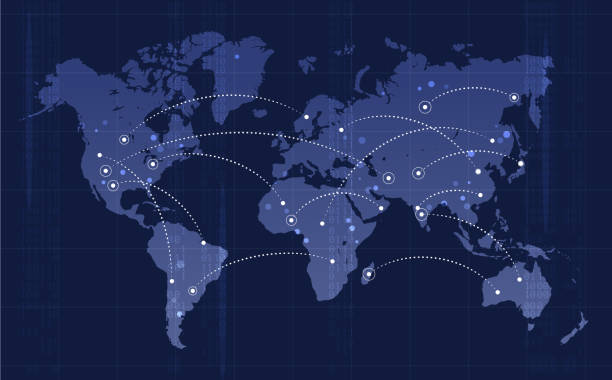The future of connectivity is one of the most fascinating and rapidly evolving topics in the world today. In the past few decades, technological advances have revolutionized the way people interact with each other and with the world around them. The advent of the internet, social media, and smartphones has brought people closer together than ever before, making it easier to communicate, share ideas, and access information.
As we look towards the future, it is clear that the world will become even more connected, with new technologies and innovations continuing to shape the way we interact with each other and the world around us. In this article, we will explore the future of connectivity in 3,000 words, looking at some of the key trends and developments that are likely to shape the way we live and work in the years to come.
The Internet of Things (IoT)
One of the most significant developments in connectivity in recent years has been the growth of the Internet of Things (IoT). The IoT refers to a network of connected devices that can communicate with each other and exchange data. These devices can range from smart home appliances and wearables to industrial sensors and autonomous vehicles.
The IoT is set to revolutionize a wide range of industries, from healthcare and transportation to manufacturing and agriculture. By enabling devices to communicate with each other, the IoT will allow for greater automation and efficiency, reducing costs and improving productivity.
As the number of connected devices grows, so too will the amount of data that is generated. This will require new technologies and infrastructure to be developed to handle the increased volume of data, such as edge computing and 5G networks.
5G Networkslll
5G networks are set to become the backbone of the future of connectivity. 5G networks offer significantly faster speeds and lower latency than previous generations of mobile networks, allowing for real-time communication and faster data transfer.
This will enable a range of new applications and services, such as autonomous vehicles, virtual reality, and remote healthcare. 5G networks will also enable the IoT to become even more pervasive, with more devices connected and communicating with each other.
However, the rollout of 5G networks has been slow and expensive, with many countries struggling to find the funds and resources to implement the necessary infrastructure. This will need to change if 5G networks are to become the standard for connectivity in the future.
Artificial Intelligence (AI)
Artificial Intelligence (AI) is another technology that is set to transform the future of connectivity. AI algorithms can analyze vast amounts of data and identify patterns and trends that would be impossible for humans to detect. This will enable companies to make more informed decisions and develop more effective products and services.
AI will also play a key role in the development of autonomous vehicles, which will rely on AI algorithms to make decisions in real-time based on data from sensors and cameras. AI will also enable the development of intelligent personal assistants and chatbots, which will provide personalized support and assistance to users.
However, there are concerns about the ethical implications of AI, particularly around issues such as privacy and bias. As AI becomes more pervasive, it will be important to develop regulations and guidelines to ensure that it is used in a responsible and ethical manner.
Virtual and Augmented Reality
Virtual and Augmented Reality (VR and AR) are technologies that are already transforming the way we interact with the world around us. VR and AR can provide immersive and interactive experiences, allowing users to explore virtual worlds and interact with digital objects as if they were real.
These technologies have a wide range of applications, from gaming and entertainment to education and training. They will also play a key role in the development of the smart cities of the future, enabling users to navigate their environments and access information in new and innovative ways.



0 Comments